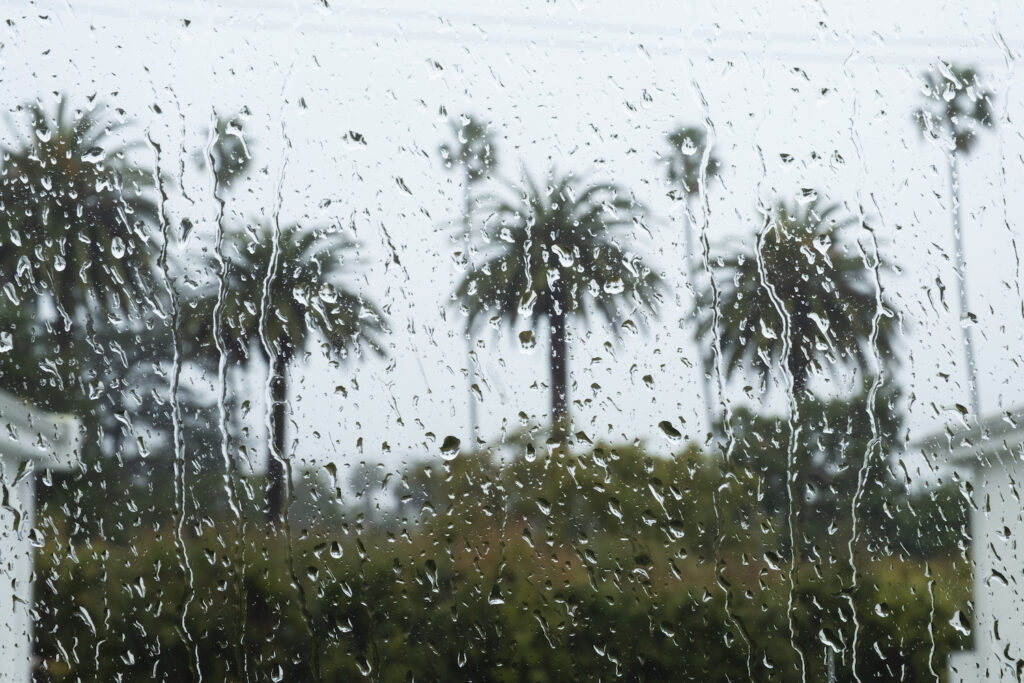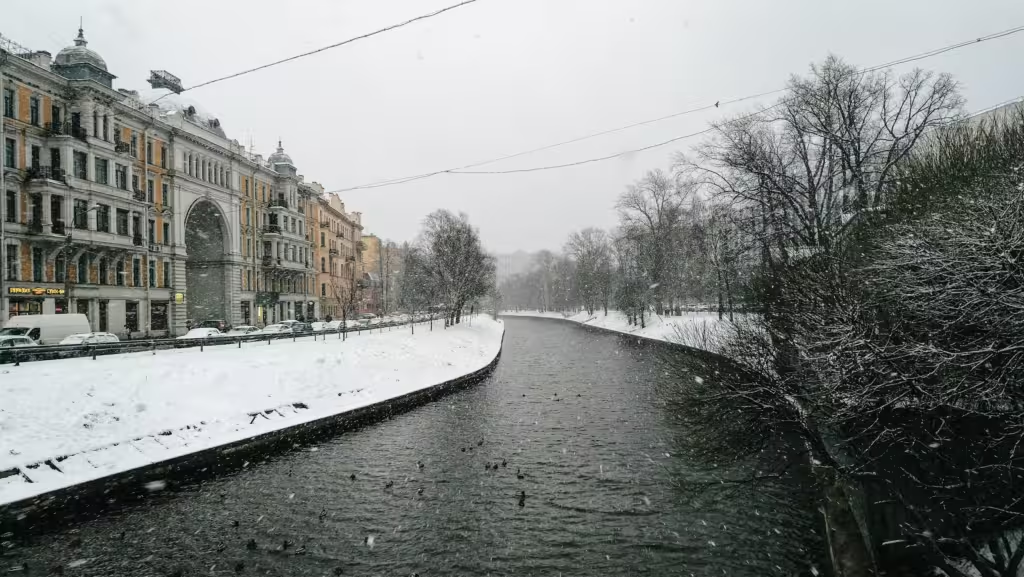Supposedly it’s spring, despite various local headlines of the “Arctic air will spill into Ontario with possible 15-25 cm of April snow” variety. And with the seasonal upsurge in wind comes the seasonal upsurge in claims that windstorms are proof of man-made climate hysteria. For instance Matthew Wielicki notes that “It’s Tornado Season Again, Again, Again...” So gotcha? Well, no, since actually Wielicki says it’s tornado season again “And Still No EF5”. Still, look for predictions that 2025 will be worse than the worst thing ever and then if it’s not either awkward silence or hollering next time for sure.
Indeed the hollering is already on. Scientific Alarmism emails:
“Yet another spate of devastating tornadoes struck last week in east Texas, Tennessee and other southern and southeastern states. As we reported in 2023, tornado alley is shifting east, with more frequent and more intense twister touchdowns. The cause? You guessed it: climate change. Warmer and moister air rises, forming supercell storm clouds that fuel tornados.”
Boo climate change. And from Phys.org our ears are buffeted by “Hurricanes to hit Atlantic harder and more often, study says”. And when study says, what can one reply? Other than to ask whether it’s actually happening and if so how you know. If it wouldn’t be rude.
It might be. Euronews.green says of Cyclone Alfred, a category 2 that bumped briefly up to 4 and tormented southeastern Australia partly because it was unusually slow and thus hit the Brisbane region longer than normal, that climate change is probably to blame. It’s an odd claim since the article actually starts “The last time a cyclone struck so far south along Australia’s east coast was in 1974.” Which doesn’t sound like a trend, especially since by the time it made landfall it was a mere “tropical low”. But you know what’s coming:
“[Researchers] have warned that climate change is expanding the tropical rain belt. A 2021 study published in Nature Climate Change found that a warming planet is causing that tropical region to shift and the seas to heat up further south, potentially supercharging storms like Alfred while affecting where they appear in the first place.”
So never mind facts. Speculation rules. Except not with us. We want facts.
On which point, and with regard to tornadoes, Wielicki’s opening is both blunt and sensitive:
“As tornado season returns once again (for the third consecutive year I’ve covered it), the predictable media claims linking severe weather to climate change roll in like clockwork. First and foremost, my sympathies go out to all those who have recently lost their homes or loved ones in the latest round of tornadoes sweeping parts of the Midwest and Southern United States today. These events are devastating, and each affected community deserves our support.”
Quite. Then he goes on:
“In my previous pieces, ‘It’s Tornado Season Again...’ and ‘It’s Tornado Season Again, Again...’, I examined the claims that climate change is increasing both the frequency and intensity of tornadoes. In each article, the data clearly demonstrated otherwise. Small tornado counts increased only due to improved detection methods, while the most destructive tornadoes (EF3+) have actually declined since reliable record-keeping began.”
Which matters. And it especially matters because:
“Last year, the tornado season was particularly active, with 1,796 tornadoes recorded, well above the historical average.”
Which reminds us of the unsurprising statement that half of all drivers are at or below average. And the discouraging recognition therefore that half of everyone is average or worse at everything including us on many things. But why dwell?
Because it’s also true of weather phenomena. A year above average is no more surprising than one below average. What matters is the trends, and looking at them over long enough that you’re not fooled by a random run.
As Wielicki goes on to say:
“despite this higher frequency, 2024 notably continued the now decade-long drought in the most severe category of tornadoes: EF5. Media reports frequently highlighted the increased frequency of tornadoes as evidence of a climate crisis, conveniently omitting the ongoing absence of the most violent and destructive tornadoes.”
So can the dreaded CO2 add causing American tornadoes to become less destructive to its list of blessings? Well, no. Statistics are sharp on both edges and the fact that the United States has gone 11 years without a single EF6 event may be a blessing but it’s not a trend.
It’s just weather. And while it may be frustrating, even dangerous, it’s still true that to discern trends in this regard could take centuries even if you think you need to know tomorrow. And it’s also true that if you live somewhere a tornado is even remotely likely, what you want to do is make sure you’re prepared to survive it and render help to the afflicted.



"A 2021 study published in Nature Climate Change found that a warming planet is causing that tropical region to shift and the seas to heat up further south."
If you have a journal called "Something-or-other Climate Change" you may reasonably assume that whatever it reports on wil be ascribed to anthropogenic climate change. No ifs or buts, the editorial policy is it's all due to fossile fuels. So there!
Ryan Maue reported last week that the atlantic sea surface temps in the hurricane region are much lower than last year, oops for the hurricane season probably.